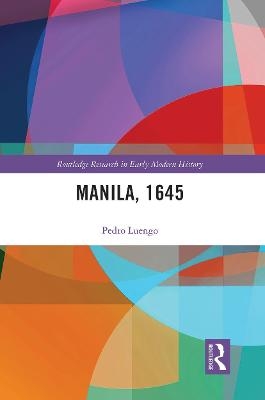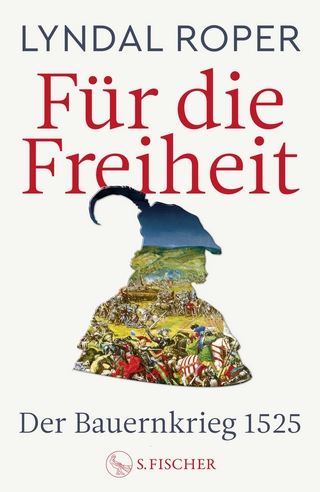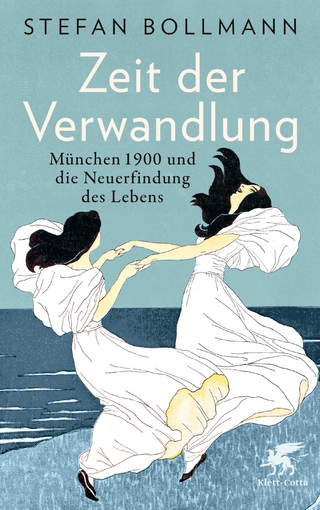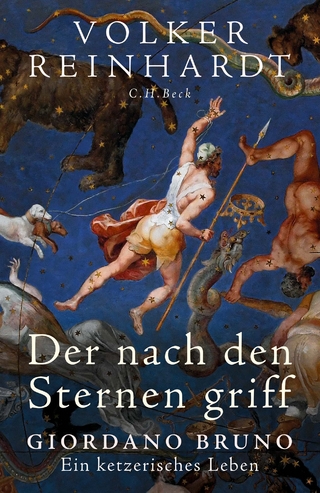
Manila, 1645
Seiten
2022
Routledge (Verlag)
978-0-367-55781-2 (ISBN)
Routledge (Verlag)
978-0-367-55781-2 (ISBN)
Manila, 1645 reconstructs what the city of Manila was like before the earthquakes of the mid-seventeenth century. It will appeal to students and scholars interested in early modern history, global history and architectural history.
Manila, 1645 reconstructs what the city of Manila was like before the earthquakes of the mid-seventeenth century.
The book demonstrates the importance of addressing the history of Southeast Asia as a multi-layered framework, rather than a series of entangled histories. In doing so, Manila is contextualized not merely as a Spanish settlement connected to New Spain via America, but instead within Southeast Asia, situated between the Chinese and the Sulú Seas, and located in the centre of commercial routes used by Armenian, Dutch, and Portuguese traders. This historical and geographical context is crucial to understanding later cultural dialogues. Urban planning, housing and architecture, and social networks in the city are also examined.
The book will appeal to students and scholars interested in early modern history, global history and architectural history.
Manila, 1645 reconstructs what the city of Manila was like before the earthquakes of the mid-seventeenth century.
The book demonstrates the importance of addressing the history of Southeast Asia as a multi-layered framework, rather than a series of entangled histories. In doing so, Manila is contextualized not merely as a Spanish settlement connected to New Spain via America, but instead within Southeast Asia, situated between the Chinese and the Sulú Seas, and located in the centre of commercial routes used by Armenian, Dutch, and Portuguese traders. This historical and geographical context is crucial to understanding later cultural dialogues. Urban planning, housing and architecture, and social networks in the city are also examined.
The book will appeal to students and scholars interested in early modern history, global history and architectural history.
Pedro Luengo is Associate Professor at the History of Art Department, Universidad de Sevilla. His publications include Intramuros: Arquitectura en Manila, 1739-1762 (2012), and The Convents of Manila: Globalized Architecture During the Iberian Union (2017).
Introduction 1. Manila-Macao. The Final Jewel in the Iberian Global Crown 2. A big puzzle: Urban planning of Old Intramuros 3. Portraits in wood and stone: Houses and Society 4. Cross-cultural dialogue: Adapting a Mediterranean House to the Tropic Conclusion
| Erscheinungsdatum | 21.04.2022 |
|---|---|
| Reihe/Serie | Routledge Research in Early Modern History |
| Zusatzinfo | 11 Tables, black and white; 8 Line drawings, black and white; 20 Halftones, black and white |
| Verlagsort | London |
| Sprache | englisch |
| Maße | 156 x 234 mm |
| Gewicht | 600 g |
| Themenwelt | Geschichte ► Allgemeine Geschichte ► Neuzeit (bis 1918) |
| Geisteswissenschaften ► Geschichte ► Regional- / Ländergeschichte | |
| Geschichte ► Teilgebiete der Geschichte ► Kulturgeschichte | |
| ISBN-10 | 0-367-55781-9 / 0367557819 |
| ISBN-13 | 978-0-367-55781-2 / 9780367557812 |
| Zustand | Neuware |
| Informationen gemäß Produktsicherheitsverordnung (GPSR) | |
| Haben Sie eine Frage zum Produkt? |
Mehr entdecken
aus dem Bereich
aus dem Bereich
München 1900 und die Neuerfindung des Lebens
Buch | Hardcover (2023)
Klett-Cotta (Verlag)
28,00 €
Giordano Bruno - ein ketzerisches Leben
Buch | Hardcover (2024)
C.H.Beck (Verlag)
29,90 €


